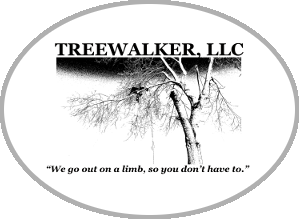Tree Removal
We love trees and do our best to provide advice on management practices to preserve them, however sometimes removals are necessary. Often a tree is planted in a location that does not suit its size or perhaps you have a hazard tree that is a threat to safety and property. Whatever your tree removal needs may be, we have the proper training, skill, and equipment to complete the work in a safe and efficient manner. Our crew is conscious and considerate of the existing landscape and structures below the canopy of removal trees and take extra steps to insure everything is preserved throughout each removal process.
Below are several situations that may warrant tree removal:
- A tree has died.
- There is a growth defect in the tree that creates a high risk of failure.
- Significant storm damage that compromises the structure.
- Disease, pest, or a combination of both have sent the tree into decline.
- Trees often are planted in a location that does not suit their size creating several issues over time.
- Sidewalks, driveways, and foundations are lifted by roots.
- Septic systems are clogged by roots.
- Too close to structures leading to several costly issues.
- Growing into utility lines.
If you have any questions about the safety or health of the trees on your property, give us a call and an ISA certified arborist will be out to provide an honest assessment of your situation.
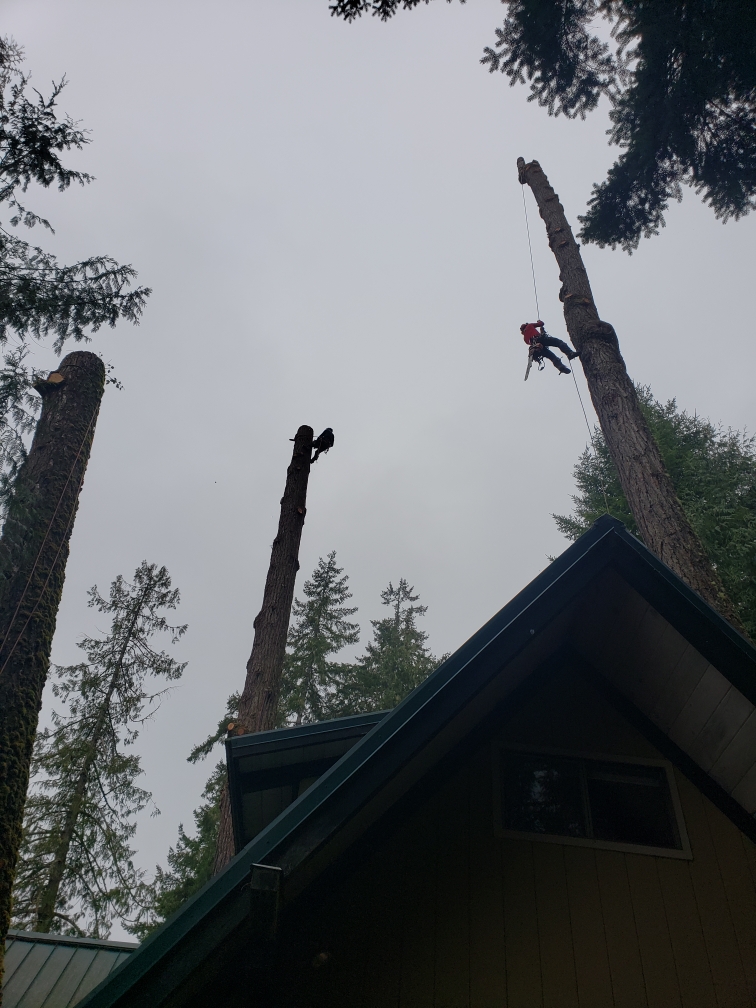
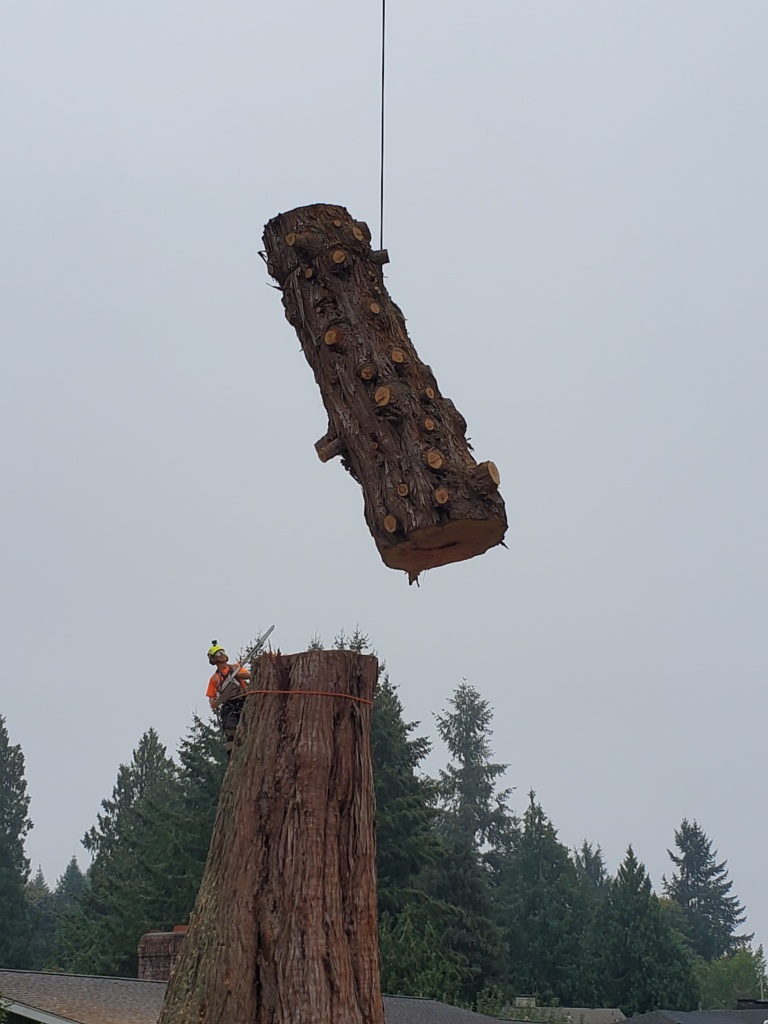
Pruning
Tree pruning is a combination of science and art. Each tree we are presented with is unique in its own way. Before pruning a tree, we must take into consideration its surrounding environment, what the owner’s goals are, and the biological characteristics of the species. Once we’ve seen the whole picture, we can implement a pruning plan specific to that individual situation. All pruning is done following ISA standards. Below are several different approaches to pruning that we may use to work on your trees.
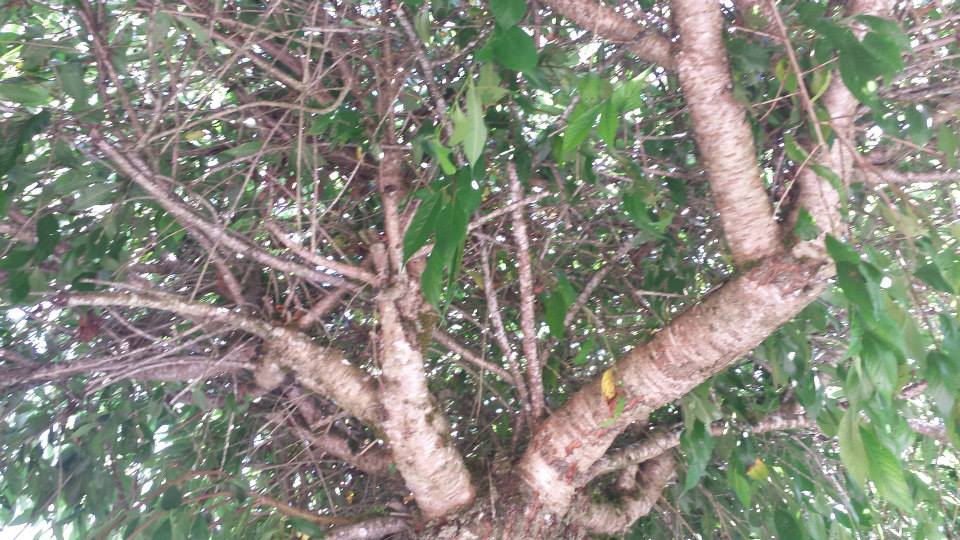
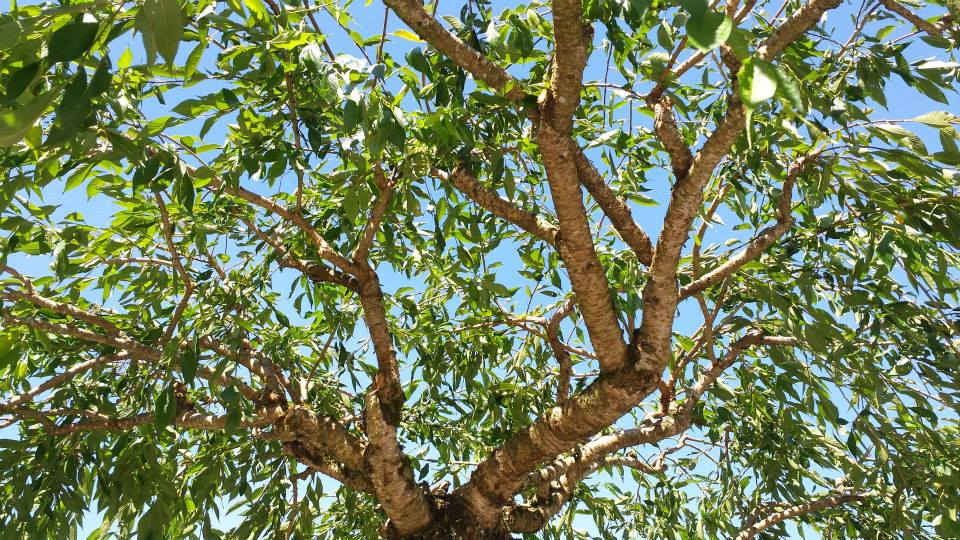
- Structural Pruning
- If left neglected trees can development undesirable growth patterns that can lead to an increased risk of failure as time goes on. We look for things such as crossing/rubbing branches, competing leaders, and weak unions. Our goal is to make pruning cuts that promote beneficial growth and reduce likelihood of failure.
- Thinning
- Remove select branches to reduce the density of branches, improving sunlight penetration and airflow.
- Deadwood Removal
- Deadwood can be removed for safety purposes, aesthetics, or both.
- Larger deadwood in mature trees can be a threat to safety or property when trees are located in an urban environment. Dead branches will inevitably fall to the ground in time; therefore it is wise to remove them if they pose any sort of a threat to property or people.
- Small ornamental trees (such as Japanese maples) are often loaded with deadwood. In this example the dead wood is not dangerous, but the removal of it can drastically improve the beauty and health of your tree.
- Deadwood can be removed for safety purposes, aesthetics, or both.
- Canopy Raise
- Improve clearance for structures, vehicles, pedestrians, as well as improving light penetration to understory plants in the landscape.
- End Weight Reduction
- Limbs that are long and heavy can sometimes be shortened to reduce the weight load and potential of failure. This is a practice used on trees that have long limbs stretching out over valuable targets, or on trees that have outlier limbs within their canopies.
- Canopy Reduction
- Sometimes a tree is too large for its location, so this practice is used to decrease the entire size of the canopy. Unlike topping that creates large wounds and unsightly growth, a true canopy reduction is achieved via drop-crotch pruning cuts. This method allows the tree to quickly recover from the cuts, results in less vigorous watersprout regrowth, and maintains a healthier structure for the tree.
- Canopy Restoration
- Often storms come through the area and severely damage trees. Whole sections may be broken off, or there may be several damaged yet still attached branches crowding the canopy. Our goal is to find a way to bring these trees back to life. Sometimes we can do it in one visit, but if a tree is severely damaged if may require a few visits over the course of several growing seasons to reestablish a healthy structure. This practice is also applicable to trees that were topped in the past.
- Vista Pruning
- Remove select branches to improve a specific line of sight.
- Fruit Tree Pruning
- Each year we do a large volume of fruit tree pruning. Before working on your fruit trees, we will discuss the pros and cons of different pruning methods and times of the year to do it so that you can help us to achieve the desired result.
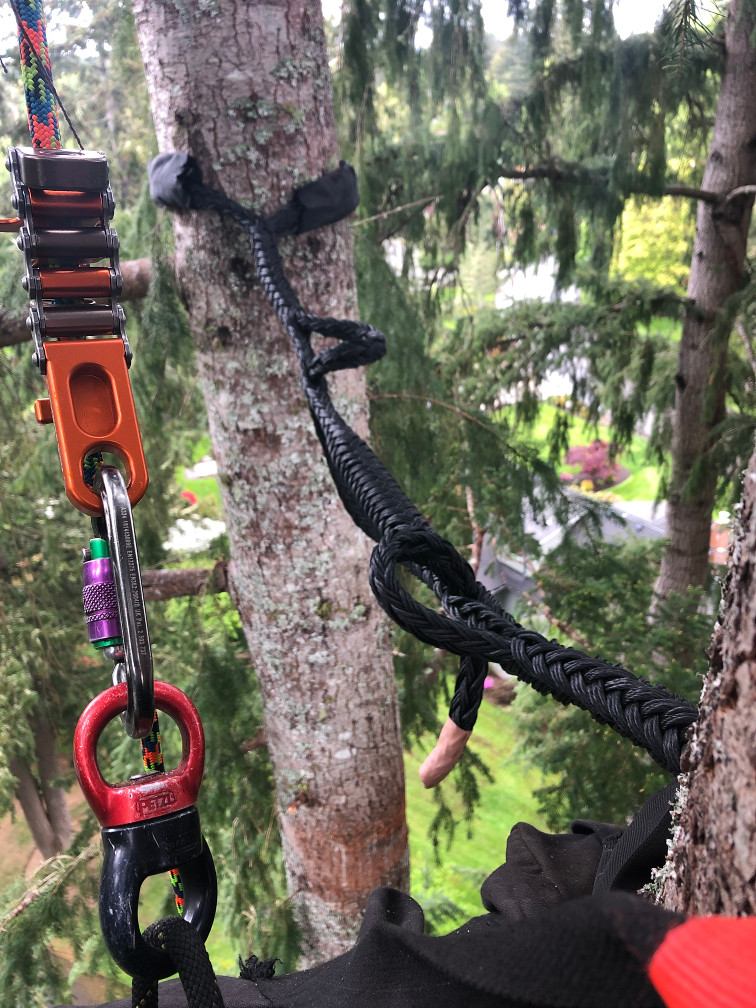
Cabling & Bracing
This is a practice used to help preserve trees in a landscape that have structural flaws or partial failures. Cable systems are typically used to support weak unions where two or more stems meet. When under the stress of large wind events trees will often fail at these weak unions. Installing a proper cable system provides extra support to weak areas of the tree and decreases the likelihood of a failure.
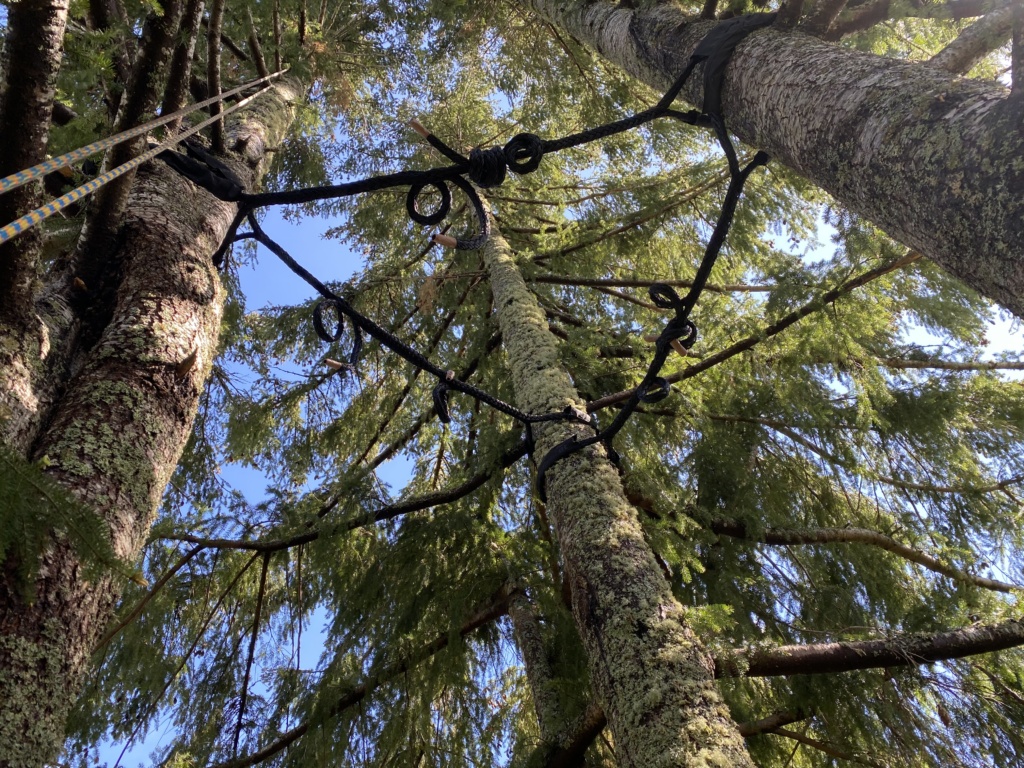
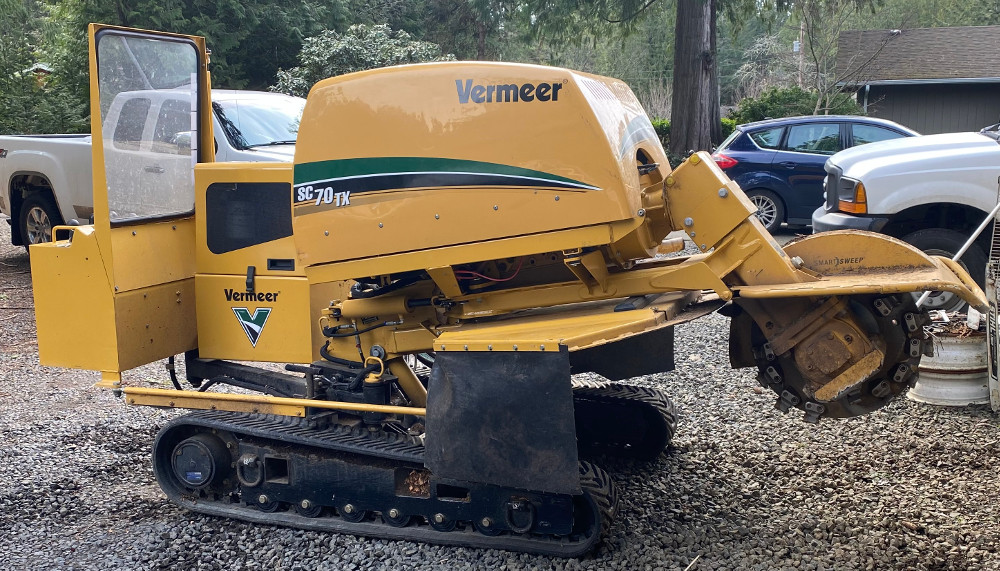
Stump Grinding
We can tackle your large or small stump removal projects. For a basic stump grind we go 10” to 12” below grade and leave the shavings in a neat pile on-site. If desired we can grind deeper, haul away shavings, bring in new top-soil, and plant replant with a new tree, shrub, or grass.
